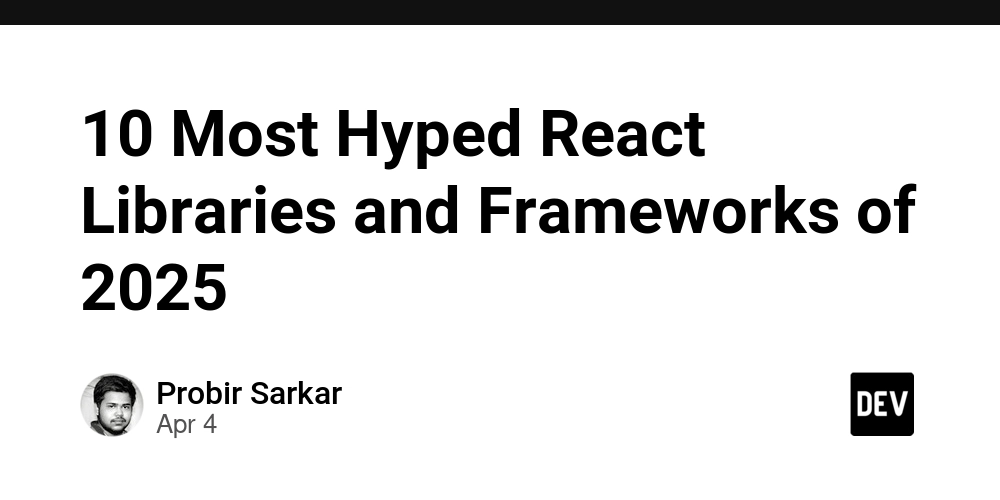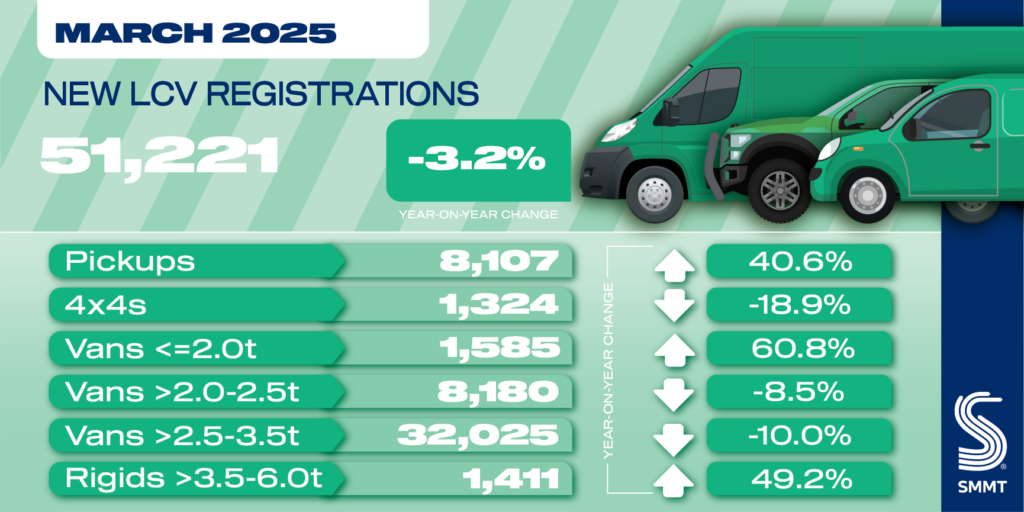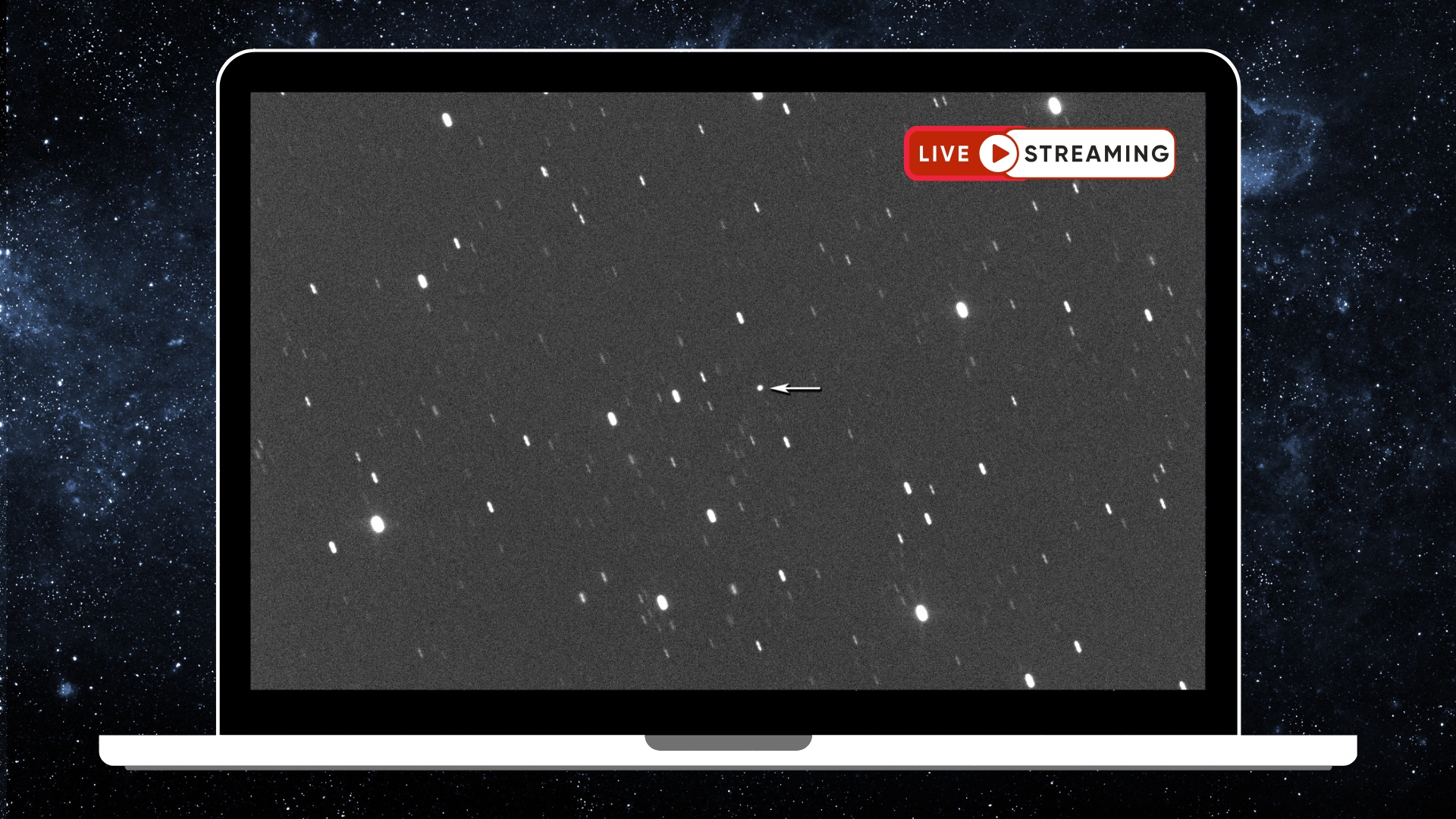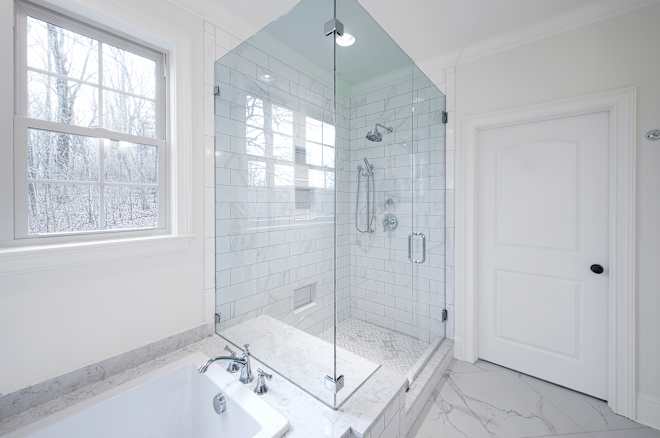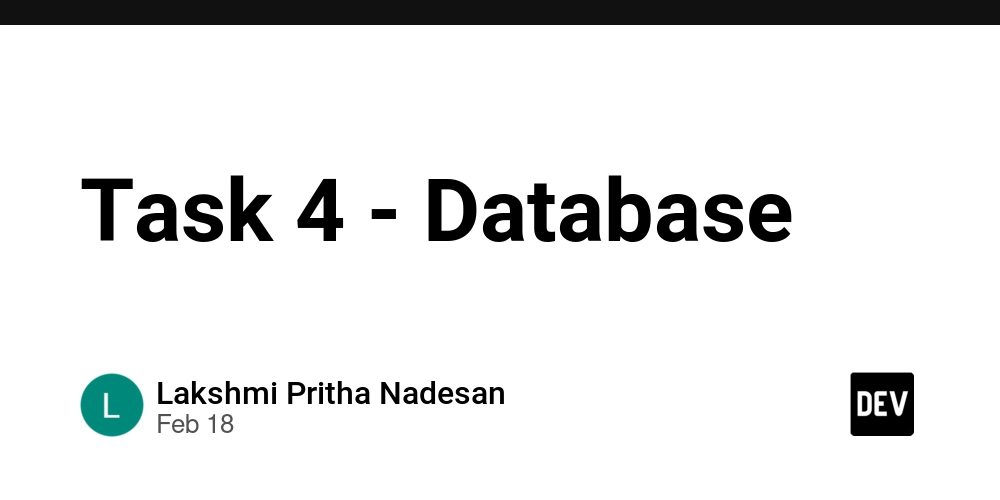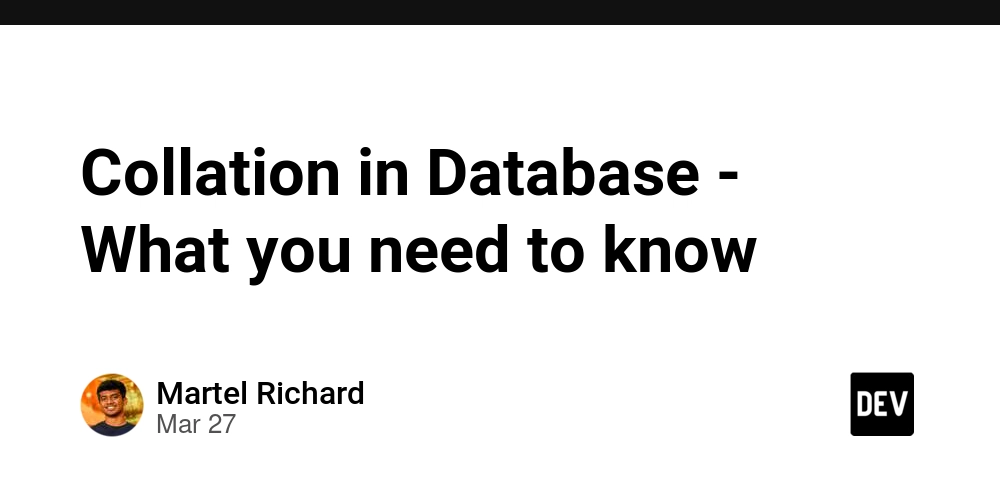Discovering European Open Source Projects at KubeCon London
This week, I had the opportunity to attend KubeCon London, and it was an eye-opening experience. The European Kubernetes community is thriving, and I was particularly impressed by four open-source projects developed by European and Italian companies that caught my attention. Each solves different challenges in the Kubernetes ecosystem, and what's even more fascinating is how they can work together. The Four Projects I Discovered vCluster (by Loft Labs - Germany) At the Loft Labs booth, I got an in-depth demo of vCluster, which creates virtual Kubernetes clusters that run inside a namespace of a host cluster. Each virtual cluster has its own control plane but shares worker nodes with the host. The German engineering team explained how they've optimized it for development environments, making it incredibly fast to provision new clusters. What impressed me most was how it enables teams to have their own isolated control planes while efficiently using shared infrastructure. Capsule (by Clastix - Italy) Next, I attended a talk by the Italian team at Clastix who developed Capsule. This multi-tenancy framework manages namespaces as "tenants" within a single Kubernetes cluster. Their approach is lightweight but powerful, using a Tenant CRD to group namespaces and applying various policies for isolation. The Italian engineers demonstrated how it's perfect for organizations that want to share a cluster among multiple teams without the overhead of managing separate clusters. Kamaji (by Clastix - Italy) Another Italian project that caught my eye was Kamaji also by Clastix. Their booth had an interesting demo showing how Kamaji runs tenant Kubernetes clusters' control planes as pods in a management cluster, connected to dedicated worker nodes. The team explained how they designed it for organizations that need true cluster isolation (like managed Kubernetes providers) but want more cost-efficient control planes. Their architecture makes it scalable to hundreds of tenant clusters. Project Sveltos (by Sveltos - italy) The final project I discovered was Sveltos, developed by Gianluca Mardente in the Italy. Their presentation showed how it manages Kubernetes cluster configuration across multiple clusters using a declarative approach. It was fascinating to see how their controller can push configurations, Helm charts, and add-ons to registered clusters while ensuring consistency across environments. How These Projects Can Work Together What really got me excited was realizing these tools aren't mutually exclusive—they can complement each other in powerful ways. During a dinner discussion with representatives from all four projects, they highlighted several integration scenarios: vCluster + Sveltos Companies today use vCluster to create isolated environments for development teams, while Sveltos ensures each virtual cluster gets consistent configurations. Capsule + Sveltos Adriano Pezzuto from the Capsule team and Gianluca Mardente from Sveltos team demonstrated how Capsule could handle multi-tenancy within a shared cluster, while Sveltos applies standardized tools or policies across tenant namespaces. Kamaji + Sveltos Perhaps the most powerful combination I saw was using Kamaji to run tenant clusters with dedicated control planes while Sveltos handles consistent configuration across all of them. This would make running hundreds of fully isolated clusters much more manageable. All Together The highlight was realizing that companies are already building platforms using all four tools: Kamaji for production tenant clusters, vCluster for dev environments, Capsule for staging, and Sveltos orchestrating everything. What I Learned This KubeCon experience showed me how the European Kubernetes community is driving innovation in multi-tenancy and cluster management. I came away with a much deeper understanding of how to design multi-tenant Kubernetes platforms that balance isolation, efficiency, and manageability. What's your Kubernetes setup like? Have you experimented with any of these tools?
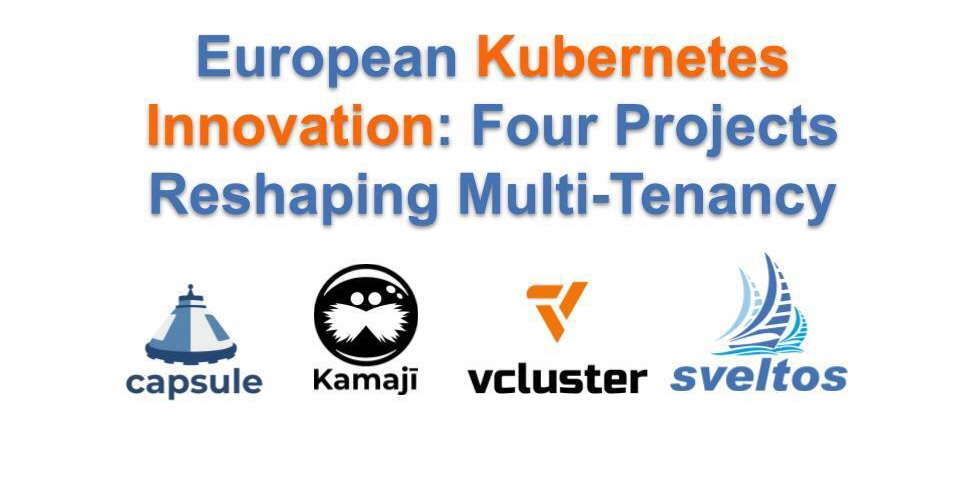
This week, I had the opportunity to attend KubeCon London, and it was an eye-opening experience. The European Kubernetes community is thriving, and I was particularly impressed by four open-source projects developed by European and Italian companies that caught my attention. Each solves different challenges in the Kubernetes ecosystem, and what's even more fascinating is how they can work together.
The Four Projects I Discovered
vCluster (by Loft Labs - Germany)
At the Loft Labs booth, I got an in-depth demo of vCluster, which creates virtual Kubernetes clusters that run inside a namespace of a host cluster. Each virtual cluster has its own control plane but shares worker nodes with the host. The German engineering team explained how they've optimized it for development environments, making it incredibly fast to provision new clusters. What impressed me most was how it enables teams to have their own isolated control planes while efficiently using shared infrastructure.
Capsule (by Clastix - Italy)
Next, I attended a talk by the Italian team at Clastix who developed Capsule. This multi-tenancy framework manages namespaces as "tenants" within a single Kubernetes cluster. Their approach is lightweight but powerful, using a Tenant CRD to group namespaces and applying various policies for isolation. The Italian engineers demonstrated how it's perfect for organizations that want to share a cluster among multiple teams without the overhead of managing separate clusters.
Kamaji (by Clastix - Italy)
Another Italian project that caught my eye was Kamaji also by Clastix. Their booth had an interesting demo showing how Kamaji runs tenant Kubernetes clusters' control planes as pods in a management cluster, connected to dedicated worker nodes. The team explained how they designed it for organizations that need true cluster isolation (like managed Kubernetes providers) but want more cost-efficient control planes. Their architecture makes it scalable to hundreds of tenant clusters.
Project Sveltos (by Sveltos - italy)
The final project I discovered was Sveltos, developed by Gianluca Mardente in the Italy. Their presentation showed how it manages Kubernetes cluster configuration across multiple clusters using a declarative approach. It was fascinating to see how their controller can push configurations, Helm charts, and add-ons to registered clusters while ensuring consistency across environments.
How These Projects Can Work Together
What really got me excited was realizing these tools aren't mutually exclusive—they can complement each other in powerful ways. During a dinner discussion with representatives from all four projects, they highlighted several integration scenarios:
vCluster + Sveltos
Companies today use vCluster to create isolated environments for development teams, while Sveltos ensures each virtual cluster gets consistent configurations.
Capsule + Sveltos
Adriano Pezzuto from the Capsule team and Gianluca Mardente from Sveltos team demonstrated how Capsule could handle multi-tenancy within a shared cluster, while Sveltos applies standardized tools or policies across tenant namespaces.
Kamaji + Sveltos
Perhaps the most powerful combination I saw was using Kamaji to run tenant clusters with dedicated control planes while Sveltos handles consistent configuration across all of them. This would make running hundreds of fully isolated clusters much more manageable.
All Together
The highlight was realizing that companies are already building platforms using all four tools: Kamaji for production tenant clusters, vCluster for dev environments, Capsule for staging, and Sveltos orchestrating everything.
What I Learned
This KubeCon experience showed me how the European Kubernetes community is driving innovation in multi-tenancy and cluster management.
I came away with a much deeper understanding of how to design multi-tenant Kubernetes platforms that balance isolation, efficiency, and manageability.
What's your Kubernetes setup like? Have you experimented with any of these tools?










_Christophe_Coat_Alamy.jpg?#)







